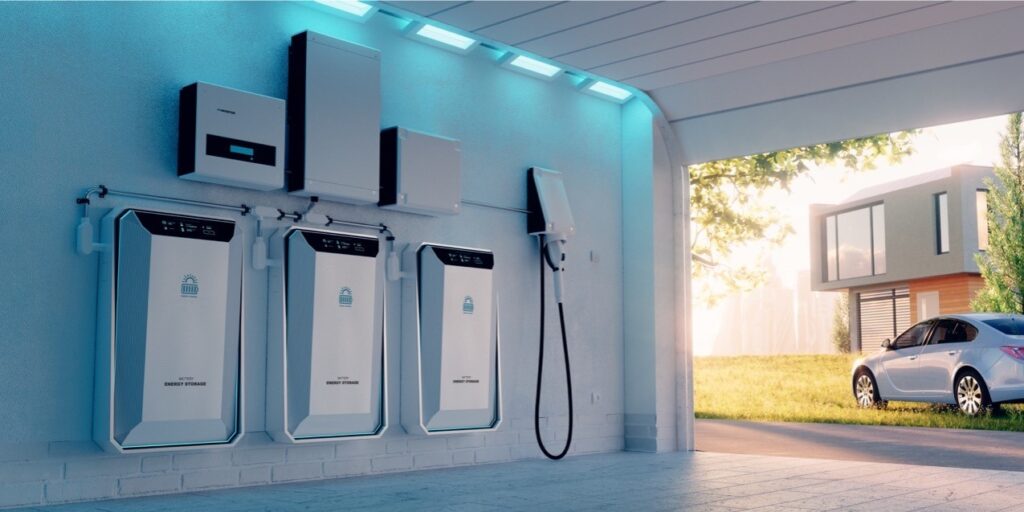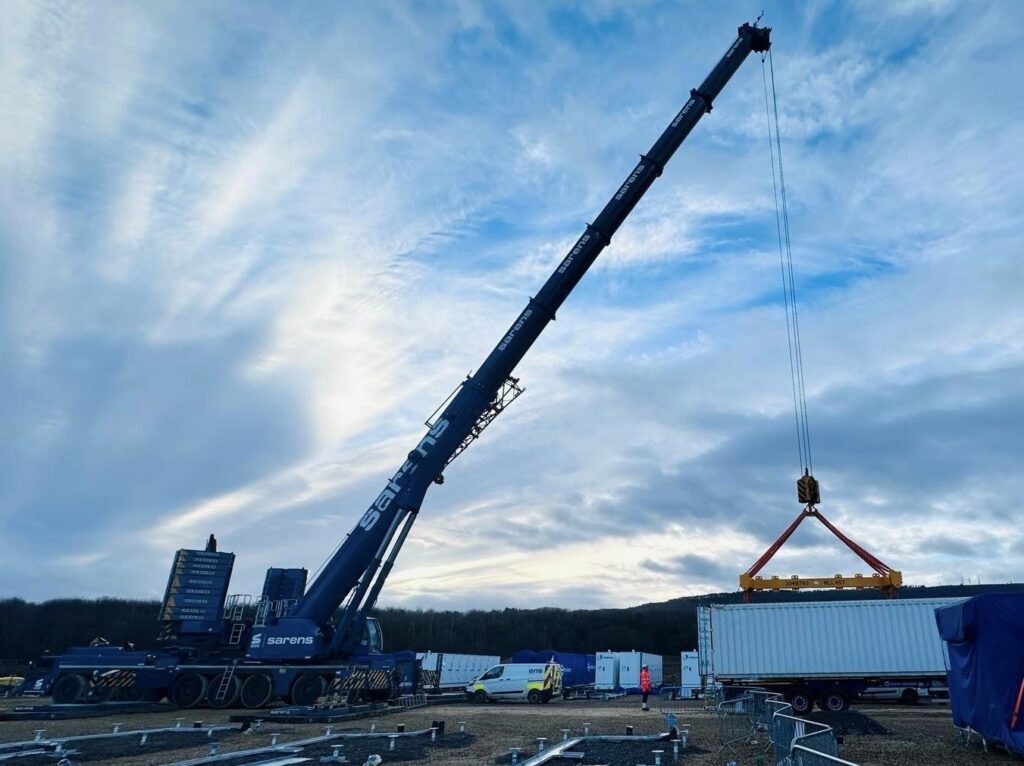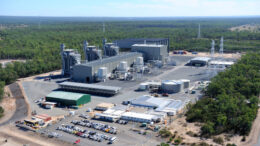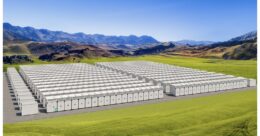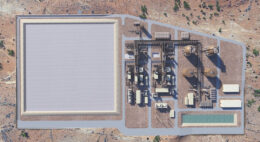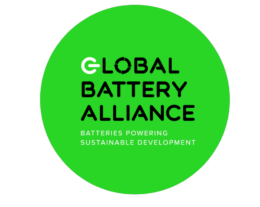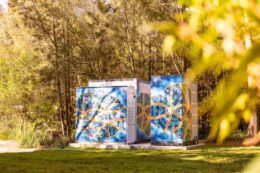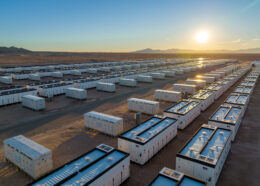Tesvolt supplies NCA battery storage systems for 65 MWh German project
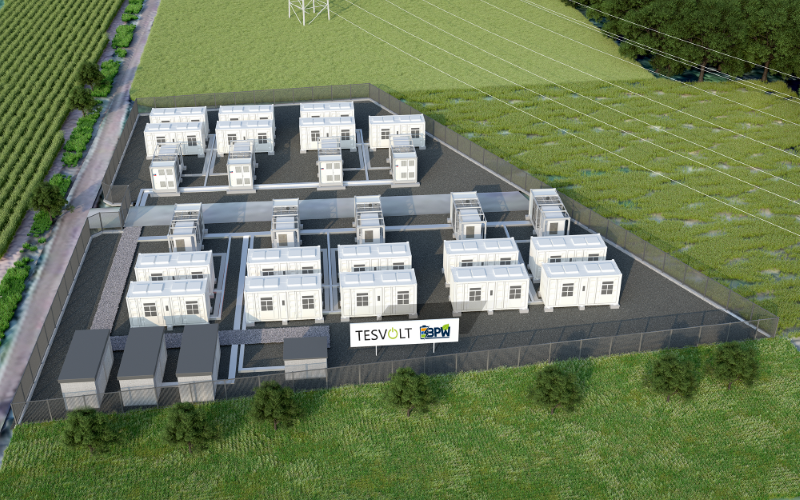
In its largest supply deal to date, German commercial and industrial (C&I) storage specilist Tesvolt will deliver batteries for a 30 MW/ 65 energy storage facility, which will be located near the city of Worms, southwest Germany.
The park will be operated jointly by the local energy supplier EWR AG, PV and storage project developer W POWER, and construction project developer TIMBRA. It is slated to go into operation in 2025.
Tesvolt is supporting the project development, supplying and installing the large-scale storage system, and will take over service and maintenance of the project, once operational.
Tesvolt’s systems feature Samsung SDI’s nickel-cobalt-aluminum (NCA) battery cells. The Korean battery maker has recently unveiled plans to employ a two-track strategy that parallels and complements high-energy NCA with lithium iron phosphate (LFP) battery chemistry for utility-scale energy storage system products to be deployed in 2026 and going forward.
“NCA cells can utilise up to 100% of the installed energy, which is often not the case with other cell technologies,” says Philipp Schreiber, Technical Project Manager at Tesvolt.
For large-scale battery energy storage systems, it is currently particularly profitable to trade in electricity reserves. Therefore, the efficiency and durability of energy storage systems is critical.
“In energy trading, NCA technology allows a higher depth of discharge to be used and the storage system can generate revenue over a longer period of time due to the increased lifespan. In addition, we know how battery storage systems are affected by trading services and we support our customers in designing and configuring them,” Schreiber says.
Tesvolt also highlights the value of its fire protection system for large-scale project profitability. The company uses an active fire protection system, which detects overheating at the cell level and automatically stops it by injecting fire extinguishing agent.
Its fire protection system is certified according to the U.S. standards UL 1973 and UL 9540A as well as the European standard IEC-62933-5-1/2, making it the only system available in Europe with both certifications.




